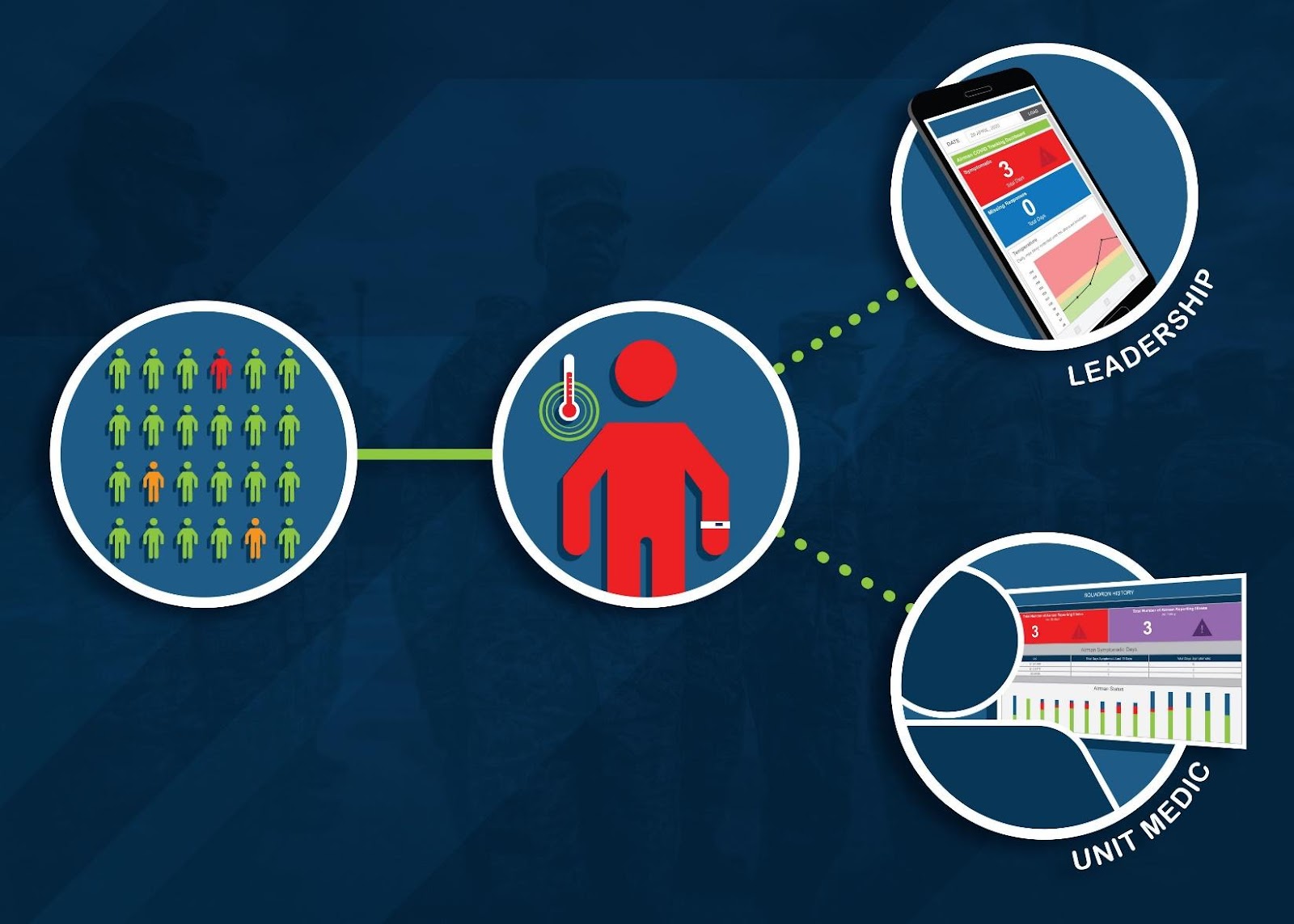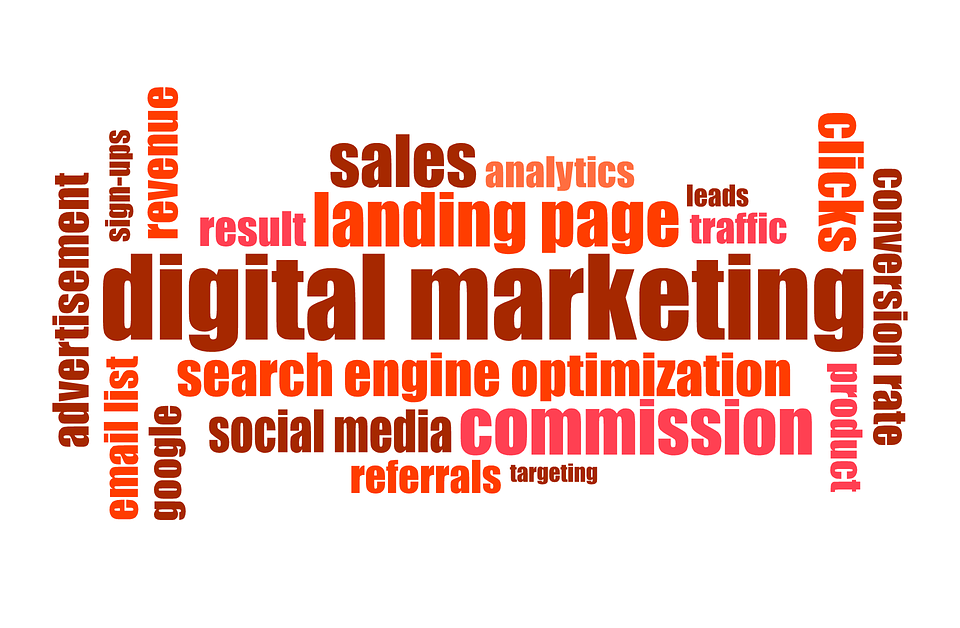Introduction
In this upcoming article, we’re going to look at the ways in which a business may burn valuable potential leads or be inefficient in their selection process, thus hurting their workflow and asset generation.
Given the trickle-down nature of leads and their potential developments, there are multiple steps that you will need to go through in order to effectively judge their long-term value.
Trained personnel should be able to handle leads at their different stages, but the individual talents of each employee may make them better suited at different roles in the lead selection and generation process.
1. Asking for a Sale Too Early

The older school of salespeople garnered a negative reputation for their motto of “being able to sell ice to an Eskimo.”
The question is, why would we spend valuable company time and resources to pursue a lead that isn’t ultimate
ly going to be interested in our product? If we are confident in what we create, our product will have value to plenty of prospective clients, and we want to make sure that we reach individuals who will help our company grow over time.
Trying to “sell anything to anyone” will only hurt your business image, and today’s sales standards and ethics reflect that.
When looking for leads, we are interested in someone who actually needs our products and services, and who will create long-term value for our company.
Vanity has no place in marketing today, and efficiency will trump its results every time.
2. Too Much Reliance on Free Trials
Free trials are a very common way to get a new user's foot inside the door; however, there are some very common pitfalls that we want to avoid.
Businesses of all types have started to adopt this approach, as it can be adapted to most business models, especially in the digital space. From Netflix to Amazon Prime, PlayStation Now to Spotify, many businesses have attracted permanent clients with their effective use of free trials.
With that being said, there are two points I’d like to consider:
1) Free users will not necessarily convert to paying users, and many will give lower value to a product they didn’t pay for, thus providing very little valuable feedback on their experience. Unless the experience provided by your service is something that these users realise they cannot miss out on, you can expect the majority of free users to cancel your service, and they may represent a potential serious cost in terms of server maintenance and uptime.
2) Customer experience is paramount, and a negative first impression—both when it comes to the product itself and the cancellation of the free accounts—can bring more negative feedback than positive.
We have all heard horror stories of services that are nearly impossible to cancel after creating a free account, or free trials automatically converting into paid trials and withdrawing fees from unsuspecting customers; therefore, consider the percentage of potential free users compared to your total user base who may have a negative experience that ends up hurting your product’s reputation. The sum of those negative experiences may become louder than the voices of your active, satisfied—and paying—customers.
3. Failing to Track Lead Conversion

There are multiple ways to utilise all the data that can be gathered from the lead generation process.
The effectiveness of your team’s conversion rates and common traits between successful and unsuccessful leads may help your sales team figure out points to work on or avoid altogether.
Dealing with constant failure will lead to unhappiness, and if your sales team are banging their heads against a wall because of the poor leads they’re given by your marketing team, their trust in your marketing team will falter, and this may lead to worse performance overall or even to valued team members leaving for greener pastures.
Through good database analysis, quality issues can be found and corrected fairly easily, but you need as much solid and verifiable data as possible in order to guarantee that your work is precise and to the point.
Guess-work and statistics don’t go hand in hand, and positive long-term results will come much more often when you have solid data to work upon.
4. Having Only One Source Channel
Diversifying where your leads come from will help with consistency, because depending on a single platform will leave you vulnerable to its idiosyncratic trends and swings—by covering a wider network of potential users, you will achieve greater stability.
When you have only one source, external factors can greatly impact your workflow and lead generation—not to mention, if your leads are coming from, for example, a specific social media platform, you may run the risk of finding leads that are redundant or lacking in heterogeneity.
5. Not Following Up Leads Fast
Response speed is key, but let’s be fair to our leads. We want to make potential users feel valued, even when we’re lacking critical data on their source and nature.
According to the Harvard Business Review:
- 26% of companies respond within five minutes of an inquiry.
- 27% of companies respond within between five minutes and 24 hours of an inquiry.
- A whopping 47% respond after 24 hours or don’t respond at all to an inquiry.
Companies that respond within an hour of inquiry are seven times more likely to garner a response from their leads and thus be able to evaluate their level of quality.
This means, first and foremost, that good-quality leads may be lost if they aren’t attended to quickly enough. Patience in the digital age is a rare virtue, but our leads' time is valuable and they may be researching more than one prospective service provider simultaneously.
Successfully responding to their inquiries faster than the competition will make our brand shine, even for our more complex leads.
6. Not Pre-Screening Your Leads
Time is money for us, too! We saw how our sales team may become frustrated when dealing with longer sales or leads that go nowhere, so we want to prevent this sort of interaction where possible.
Your marketing may be excellent and provide you with loads of potential leads to contact, but if those leads ultimately have no value they will only represent a cost for you with nothing to show for it.
It is therefore important for your brand outreach and advertisement to help you distinguish between leads that you should follow and leads that you shouldn’t.
When contacting a potential customer for the first time, it’s important to get to know them in order to evaluate whether the conversation is worth pursuing further, as we want to make sure to keep the best opportunities and save ourselves unnecessary headaches.
7. Not Removing Unqualified Leads Early On

Between digital and outbound marketing and sales, we now know that one of our first goals will be to separate leads into one of two categories: qualified leads and unqualified leads.
This doesn’t lock a specific lead into one category, and there may be multiple opportunities over time for us to convert an unqualified lead into an active client. But how can we tell one type of lead from the other?
For qualified leads, there are three boxes that we want to tick during our screening process:
- These leads need to have a problem that can be resolved by the products or services we provide;
- These leads have a budget that can be fit into the services we provide; and, finally,
- The lead’s issue that they came to us to resolve must be sorted by a specific deadline.
Some qualified leads may fit only one or two of these categories, and their status may develop over time. Mailing lists, periodic questionnaires and other forms of nurture campaigns can help us keep track of them in order to evaluate whether they are worth pursuing further.
However, if the lead DOES NOT meet any of the three elements above, they should be classified as unqualified and should be removed from all campaigns and no longer contacted, as the low odds and considerable costs of converting them into qualified leads would far outweigh the benefits of doing so.
Now, there is one more distinction that we can make:
8. Unqualified vs Admirers
This is an issue that may occur when your business develops what is colloquially known as a "fan-base," such as blogs or specific hobby-focused endeavours.
When this happens, a large number of your contacts will be unqualified leads who are not interested in purchasing your products or services; rather, they are admirers of your brand. These individuals will subscribe to and consume your content, provide large amounts of feedback and outreach, and they will often be at the top of your active engagement list.
As mentioned in a previous article, it would be a mistake to classify them as "unqualified" and remove them from all media campaigns, because their engagement is still valuable to us. Admirers are one of the main sources of referrals and they represent the most vocal section of our user base on social media.
In order to accurately classify qualified leads, unqualified leads and admirers, it is important to utilise our scoring tools to the best of our abilities, making sure to efficiently evaluate their status over time.

10. Using The Same Landing Page for all Campaigns
A landing page can be created using multiple web development tools and nowadays they are fairly easy to build—either from the ground up or using a preset model. A landing page will eliminate distractions for the users by removing navigation, competing links and alternate options in order to fully captivate a first-time reader’s unbridled attention.
Once we have our user’s attention, it is up to us to direct them to where we can best assist them—or directly to our lead form.
Landing pages are specifically designed in order to convert casual users/viewers into leads that can then be classified.
Research by HubSpot found that businesses with 31 to 40 landing pages generated 7 times more leads than businesses with only 1 to 5 landing pages, meaning that customization and providing a tailored landing page to a pre-screened user class provides far superior conversion into active leads.
Even better, businesses with more than 40 landing pages generated a whopping 12 times more leads than those with only 1 to 5 landing pages, further confirming the above-mentioned statistics.
11. Not Segmenting Your Leads
Through segmentation, we are splitting our pool of leads or customers into various buckets, depending on shared elements in their personal profiles.
The reasons for segmenting leads are fairly simple, as they can be handled focusing on:
1. Better conversions, as we may want the leads themselves to make the first move via the marketing tools at our disposal and show that we can provide them with value;
2. Better sales pitches, as every time a lead is contacted there is an opportunity to further learn about them, and thus provide an offer that is better suited to their needs;
3. Analysing their behaviours, their preferred contact methods and habits will help your analysis and sales team get a more complete view on this slice of your market.
Once any necessary distinctions have been made, they can be fully relayed to the sales team, who should make use of them in their sales pitch.

12. Burning Sales Leads
We know that we want sales leads, but over-eagerness can hurt our overall presentation.
The value of a company is often in its stature and presentation, and human nature dictates that we appreciate attention to a point. Feeling pressured will negatively impact our lead’s emotions, and as we should have by now learned, time management is very important in the process of converting a lead into a full client.
While the time for a sales pitch may not be right at a given moment, this doesn’t mean that it won’t change over time. Unpleasantness in interactions with salespeople will paint a negative look on your brand and give it a face that the customer will not want to see again.
It’s easy to overdo your efforts, and important to find balance.
Conclusion
Working on your lead development strategy will be a valuable move for your business, both in the short- and long-term.
The time and resources invested can and will pay off in different manners, and the human cost of frustrations and maintaining pleasant interactions with your user base is a key aspect of your brand image, which will directly affect your business.
This aspect of marketing shouldn’t be overlooked, as we are growing into a world where everything is becoming tailored to each individual, and businesses are at the forefront in this aspect.
We want to make sure that our clients and leads are valued and understood, as competition is much more present and easily available than in the past. Human interaction will always be valued and is a point where we can always show value, but let’s not try to sell Ice to Eskimos!





